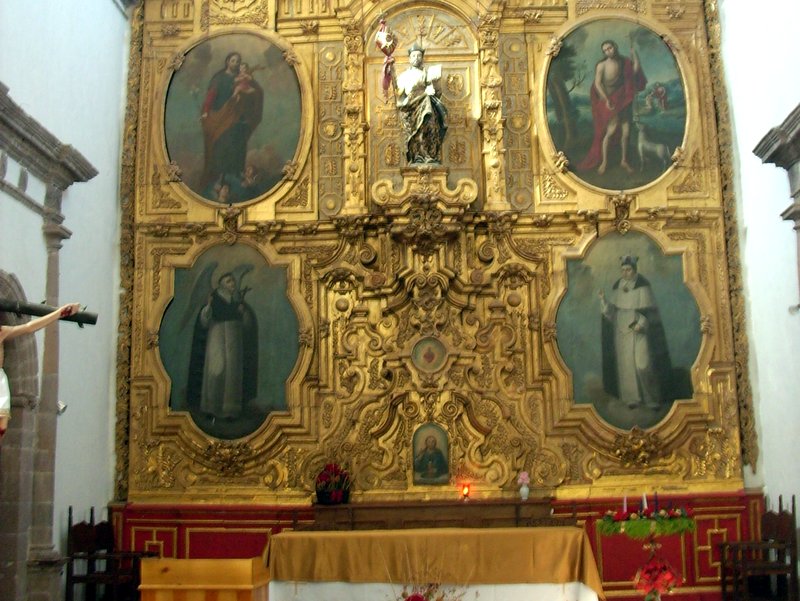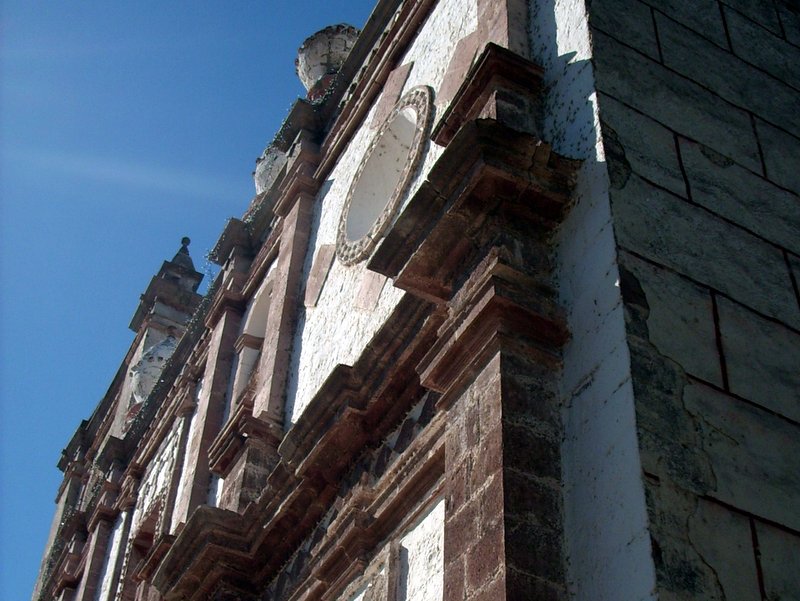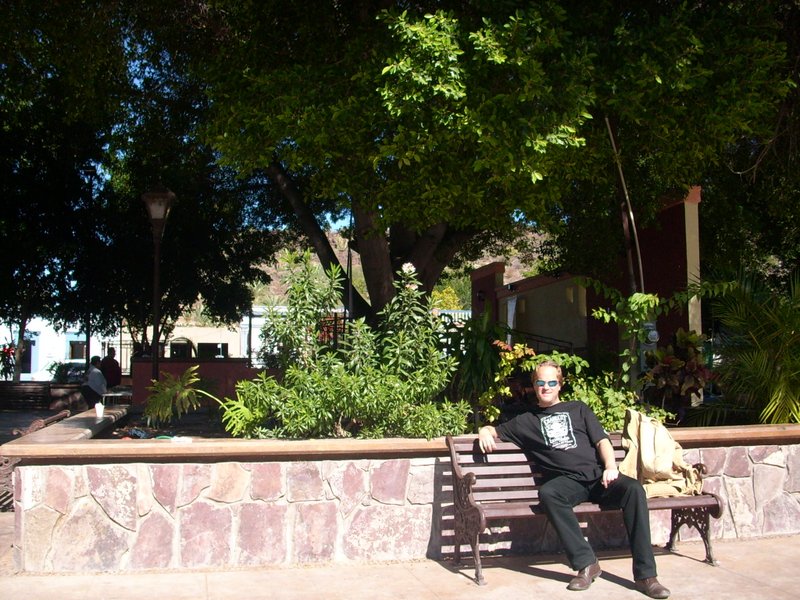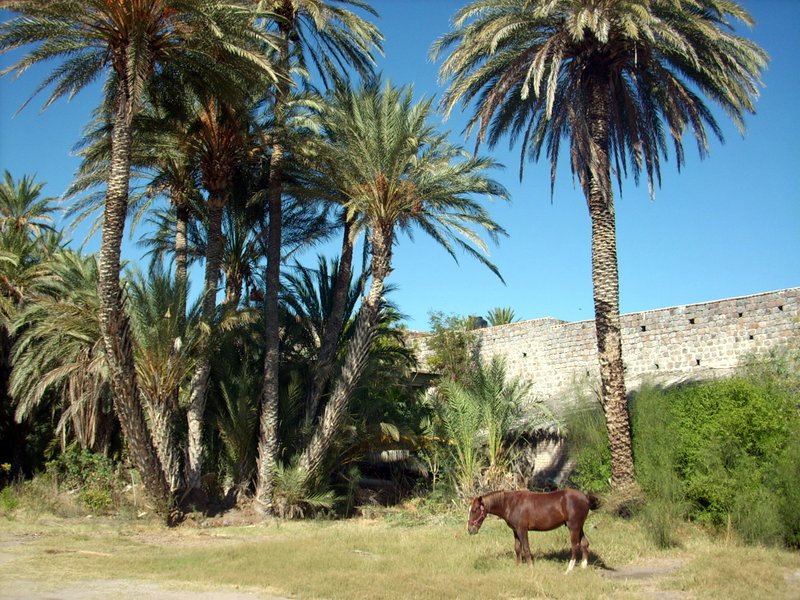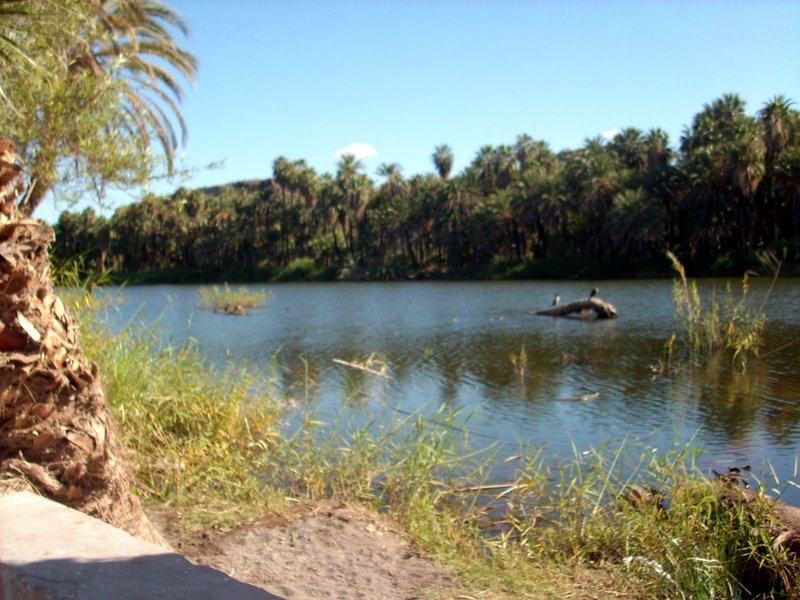The settlement here predates the Spanish conquest, the local Cochimí people called the place Kadakaamán ("Reed Creek"), a name later incorporated into that of the mission. Spanish Jesuits first arrived in 1706 and soon set about exploiting the abundance of fresh water and fertile soil in the area. They founded the mission two decades later. The present building was completed by the Dominicans in 1786 after the Jesuits had been expelled. It is constructed from metre thick blocks of lava from the nearby Tres Virgenes volcano.
Next door to the mission is the cave painting museum, which gives an excellent taste of the rock art and petroglyphs for those unable to view the works themselves. It is run by the national institute of archaeology and history (INAH), entry is free but donations are gratefully accepted. The museum also contains exhibits about local colonial history - agricultural success in the area was key to Spanish settlement heading further northwards from its original starting point in Loreto. If you're interested in local history cross the plaza and pay a visit to nearby Casa Lerée, a French built 19th century blue adobe building which today offers accommodation and also houses a shop and photographic archive.
Opposite the mission on the plaza is the office of Kuyimá, who organise trips to both the lagoon and to the mountains. The lagoon, or Laguna San Ignacio to give it its correct name, is one of the three winter calving sites of the Californian Grey Whales along the Pacific coast. It is 40 miles (65km) to the south west, along a graded dirt road.
The mountains of the Sierra de San Francisco, approximately the same distance away in the opposite direction, are the location of literally hundreds of cave painting sites - their significance lead to the area being declared a UNESCO World Heritage Site in 1993. Both the Laguna and the Sierra can be visited on both individual and multiple day excursions.
The other popular activity in the area is hiking - the Mesa del Rincon to the west and the Mesa de la Cruz to the northeast both have established trails, the latter taking you near the spring and oasis which first prompted the Cochimí to settle the area many centuries ago.
Visit San Ignacio with us as part of our transpeninsular tour. See our home page for dates, prices and itineraries.





